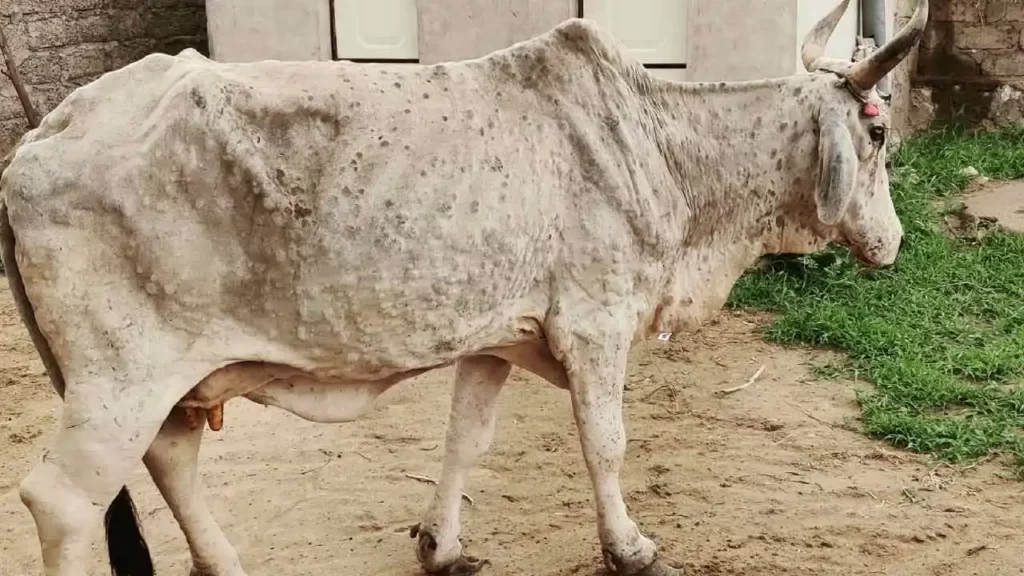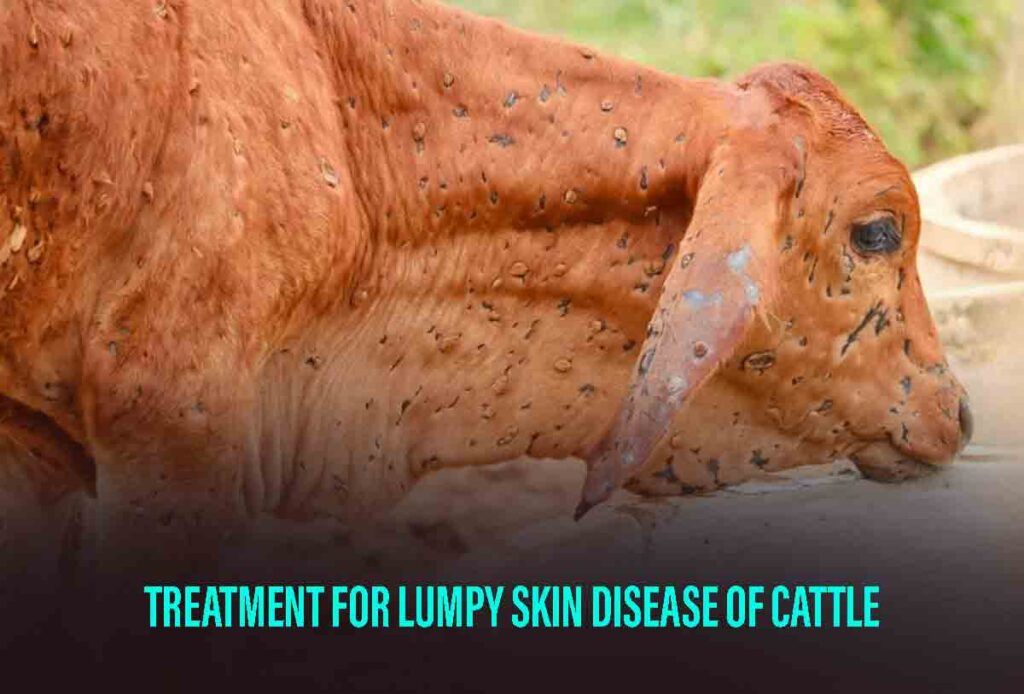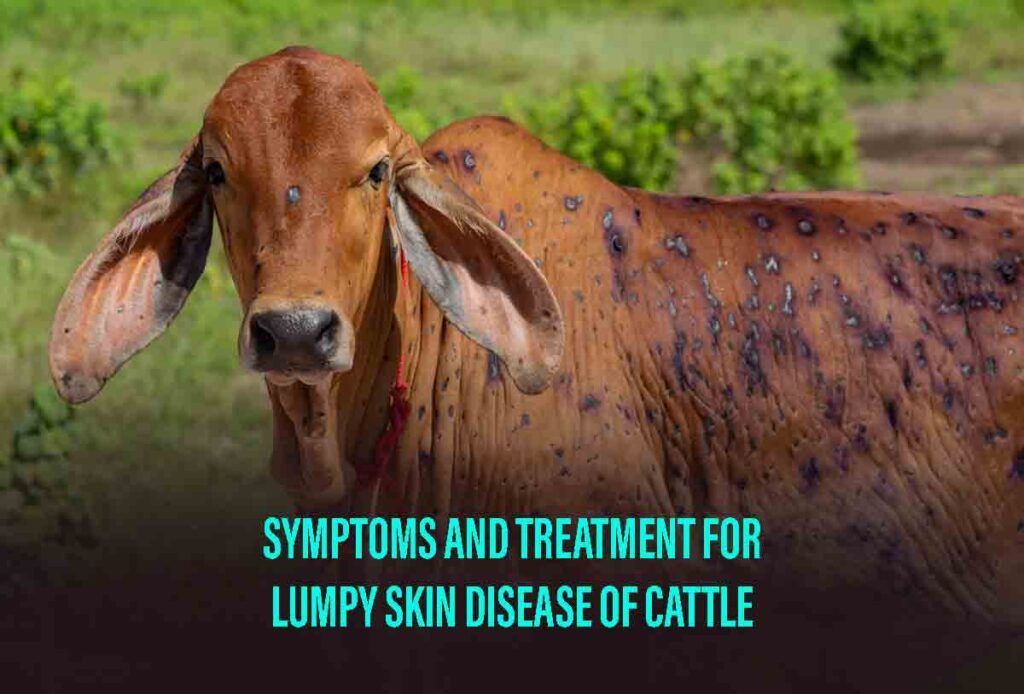What Is Lumpy Skin Disease Of Cattle?
Lumpy skin disease of cattle (LSD), a virus that affects cattle and water buffalo, can have a negative impact on animal welfare and lead to large output losses while having a low mortality rate. But what are the symptoms of lumpy skin disease in cattle? Can lumpy skin disease in humans be found? This article will give a glance at exactly what causes lumpy skin disease in cattle and what is the treatment for lumpy skin disease.
What Causes Lumpy Skin Disease In Cattle?
Wondering what causes lumpy skin disease in cattle? Well, LSD is mainly transferred by insects that bite people. The virus is mechanically spread by insects like ticks, biting flies, and mosquitoes. Additionally, it can be transmitted directly between animals by secretions and excretions. The disease can be spread by contaminated feed, water, transportation, and iatrogenic methods (such as repeated usage of the same needles in various animals). LSD may also be transmitted via semen and can be found in milk from afflicted animals.

Symptoms Of Lumpy Skin Disease In Cattle
The symptoms of lumpy skin disease in cattle include:
- Circular, hard nodes that resemble lumps and form on the animal’s hide or skin are indicators of infection.
- Animals with the infection begin losing weight right away, and they may also experience fever, oral sores, and decreased milk production.
- Excessive salivary & nasal secretion are additional signs.
- Miscarriages occur often in pregnant cows and buffaloes, and in some situations, ill animals may also die as a result.
Unfortunately, the lumpy skin disease of cattle cannot yet be treated with any specific antiviral medications. Supportive care for cattle is the solely available treatment. Treatment for lumpy skin disease can involve utilizing wound care sprays to treat skin lesions and medications to stop subsequent pneumonia and skin infections.
Treatment For Lumpy Skin Disease Of Cattle

Animals suffering from pain can be given anti-inflammatory medications to maintain their appetite. Although intravenous fluid delivery might be advantageous, it might not be feasible in the field. The need for employing effective vaccination for disease prevention is highlighted by the dearth of available treatments for the lumpy skin disease virus.
In a significant development, two institutions of the agricultural research organization ICAR have created an indigenous vaccination for cow disease known as Lumpy Skin, which has recently spread to many States. In order to combat Lumpy Skin Disease (LSD), which has claimed the lives of cattle in six States, the Center intends to commercialize this vaccine as soon as possible.
Total Cases Of Lumpy Skin Disease And Deaths
LSD first came to be known in Gujarat, and it is presently present in eight states and union territories. Since the disease’s breakout in July, more than 7,300 cattle have deceased and over 1.85 lacs have been infected. The representative stated that 1-2% of LSD patients die.
Lumpy Skin Disease In Humans
Mostly biting insects including some types of flies, mosquitoes, and possibly ticks spread the disease. In some situations, infected equipment and fomites can potentially transmit the disease directly from one animal to another. There is no danger to human health.
After being boiled or pasteurized, milk from an infected cow will be safe for human consumption because these procedures will eradicate any viruses present in the milk. Thus, there is no way to find lumpy skin disease in humans.
Lumpy Skin Disease And Milk
Following the onset of lumpy skin disease of cattle in the state, dairy producers in Punjab have seen a 15-20% decline in milk production, according to the Progressive Dairy Farmers’ Association (PDFA).
For more articles, Visit Current Affairs












